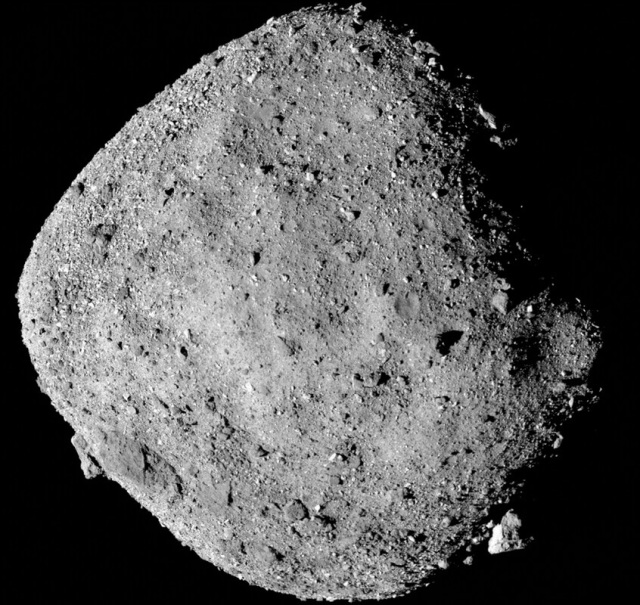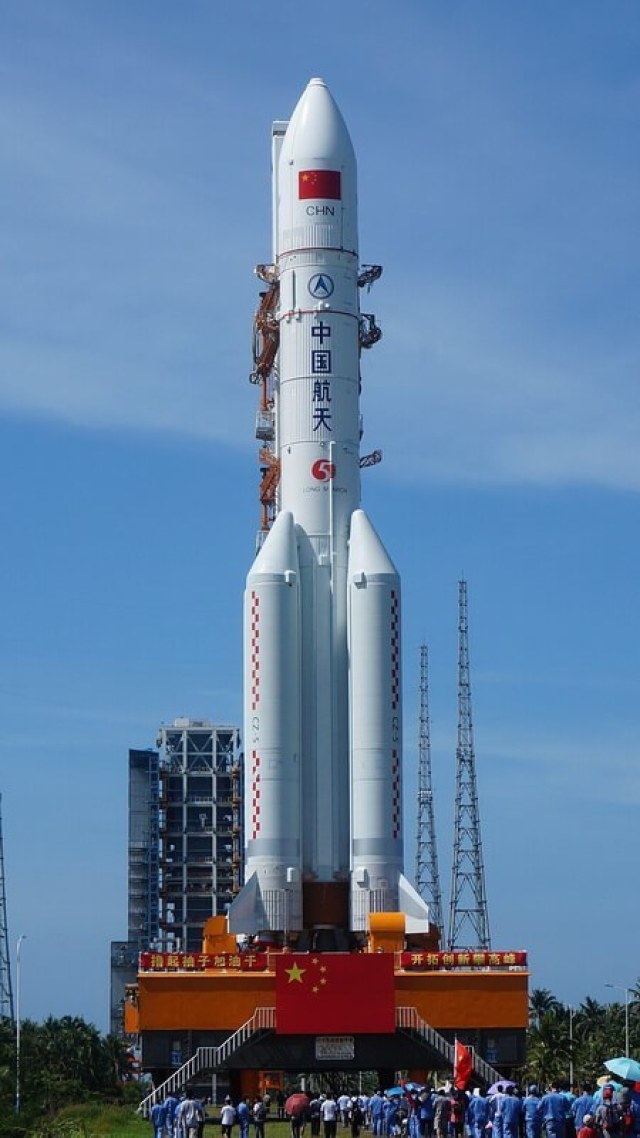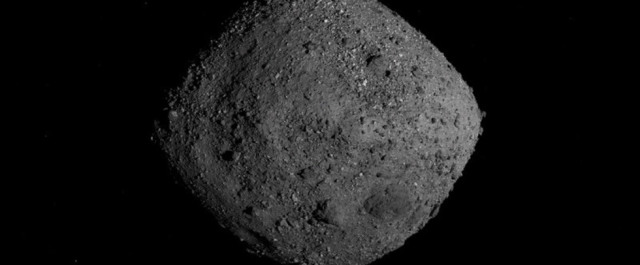In September 1999, American researchers discovered a near-Earth asteroid with a diameter of just over 500 m and a mass of 85.5 million tons, which orbits the Sun in an elliptical orbit for 1.2 years. The asteroid was named Bennu after a bird from Egyptian mythology. Scientists have calculated that the probability of its collision with the Earth is 1 in 2700, and this can happen in 2175-2199, when Bennu will approach the Earth at a distance of 7.5 million km. Presumably, the impact will be equal to an explosion of 1,150 megatons in TNT equivalent, which is almost 20 times higher than the power of the Tsar Bomb explosion. In 2018, the American automatic interplanetary station OSIRIS-REx went to the asteroid, which examined the object from a low orbit, took soil samples from the surface and set off on its return journey in May 2021. The station is scheduled to land at a landfill in Utah in September 2023.

An image of the asteroid Bennu, taken by the OSIRIS-REx station.
Image source: commons.wikimedia.org
Meanwhile, scientists called the asteroid the most potentially dangerous object for the Earth and began to think about how to protect the planet from a collision with it. For example, NASA has developed the HAMMER project, in which it is studying the effectiveness of using a spacecraft to launch a kinetic or nuclear strike on Benn. According to the calculations of the Americans, it may take from 34 to 53 such strikes to sufficiently deflect the asteroid's course.
Another idea was put forward by the Chinese. They believe that a nuclear explosion is dangerous because it will divide the asteroid into separate fragments that can still collide with the Earth. In order not to make the plot of the film "Armageddon" with Bruce Willis a reality, the Chinese plan to launch heavy rockets "Changzheng-5" to the asteroid 23 (in English literature they are called Long March 5). It is assumed that their simultaneous strike will be able to deflect Benna from the course by 9,000 km, and this will be more than enough. Specialists of the National Center for Space Science of China believe that the rocket will need minor modifications, and their project will cost less than the idea of the Americans. It is planned that the flight will take three years, and it will be possible to implement the project in 2031.

Chinese rocket "Changzheng-5", 2017.
Image source: commons.wikimedia.org

